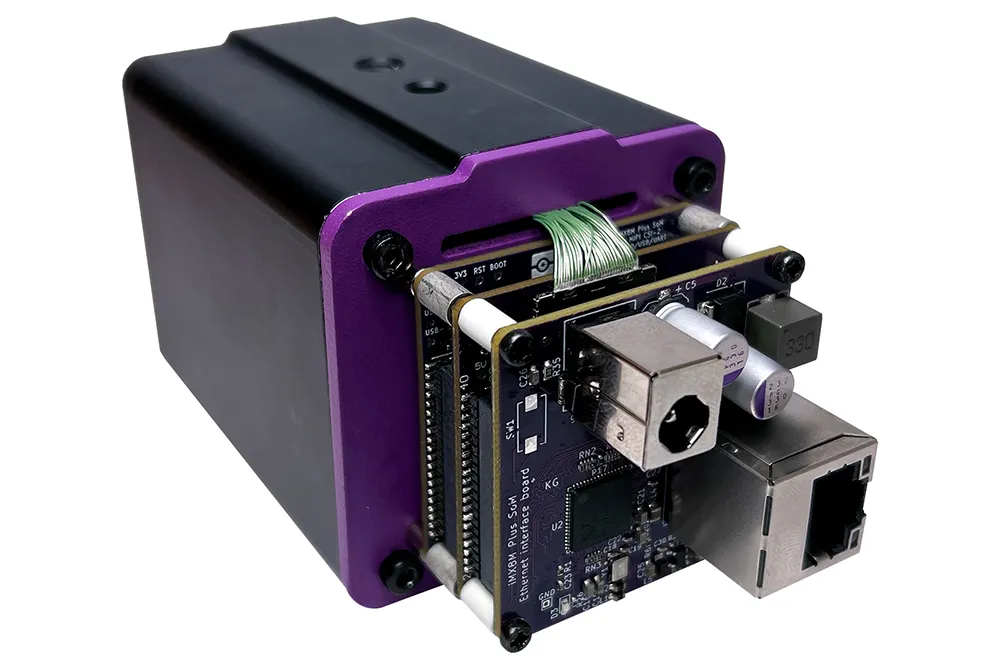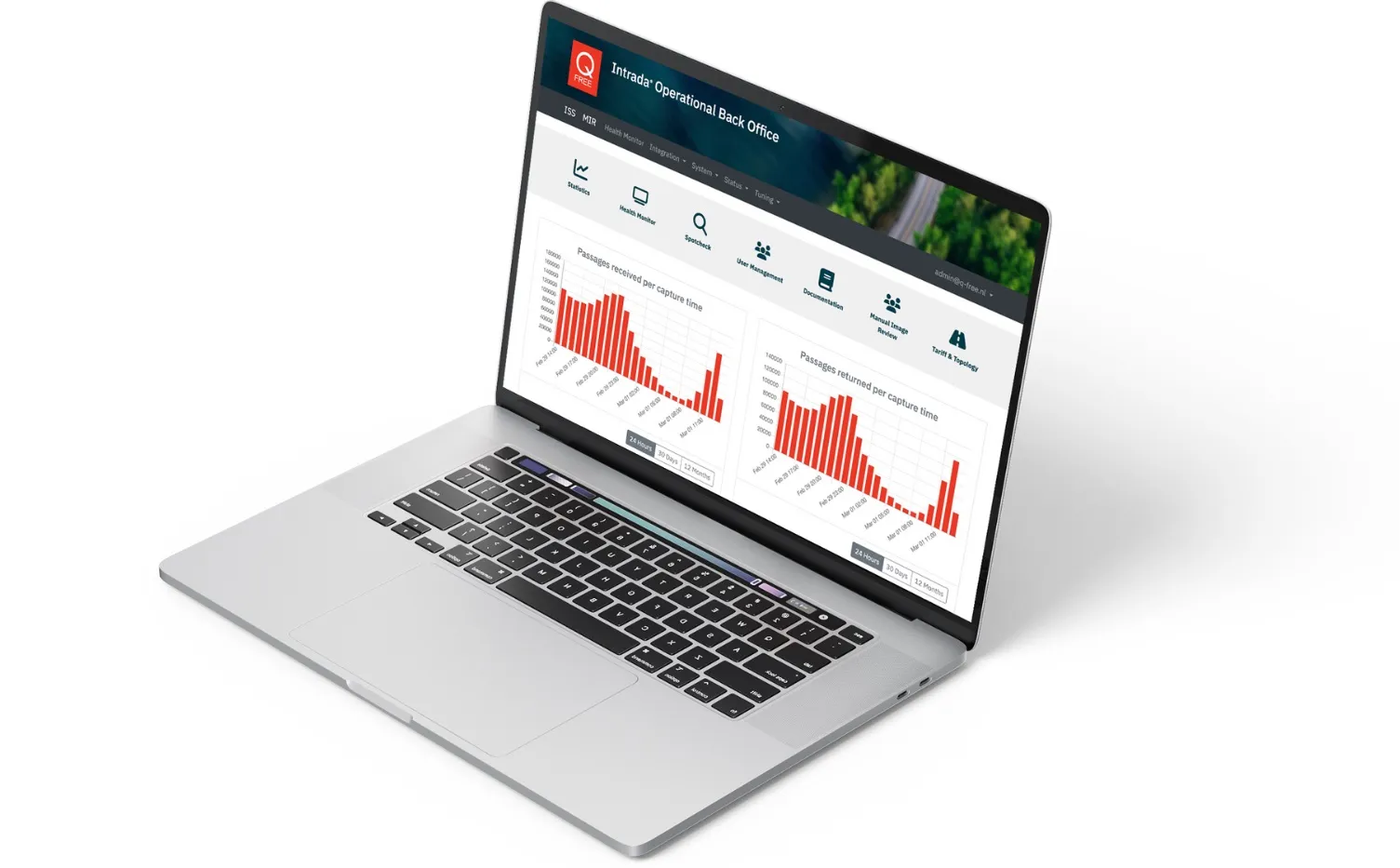The next generation of Econolite’s advanced traffic controllers (ATC), Cobalt is said to be the first controller to feature a new platform in advanced communications and user interface designed to accommodate the mobile computing environment. Its new user interface makes its operations and access to essential functions the most intuitive and hassle-free controller on the market today. Developed on the industry ATC standards, Cobalt provides a combination of ATC controller functionality with a breakthrough u
April 18, 2013
Read time: 2 mins
The next generation of 1763 Econolite’s advanced traffic controllers (ATC), Cobalt is said to be the first controller to feature a new platform in advanced communications and user interface designed to accommodate the mobile computing environment.
Its new user interface makes its operations and access to essential functions the most intuitive and hassle-free controller on the market today. Developed on the industry ATC standards, Cobalt provides a combination of ATC controller functionality with a breakthrough user interface.
Cobalt was designed to incorporate leading-edge mobile technology and user-friendly applications to help make controller operations simpler to access and manage. “Built upon industry hardware standards, and incorporating our robust ASC/3 software, Cobalt’s user interface makes it the easiest-to-use advanced transportation controller,” said Econolite chief technology officer Gary Duncan. “With its straightforward navigation and operating system, Cobalt represents an ideal combination of form, function and familiarity that was designed with direct input from the industry and our customers.”
Cobalt was designed to exceed the ATC 5.2b, as well as the forthcoming ATC 6.x, industry hardware standards. Cobalt features an environmentally hardened touchscreen interface with the brightest color display available. Cobalt conforms to ISO 9001 quality standards and is available in two configurations, TS2 Type 1 or TS2 Type 2.
Its new user interface makes its operations and access to essential functions the most intuitive and hassle-free controller on the market today. Developed on the industry ATC standards, Cobalt provides a combination of ATC controller functionality with a breakthrough user interface.
Cobalt was designed to incorporate leading-edge mobile technology and user-friendly applications to help make controller operations simpler to access and manage. “Built upon industry hardware standards, and incorporating our robust ASC/3 software, Cobalt’s user interface makes it the easiest-to-use advanced transportation controller,” said Econolite chief technology officer Gary Duncan. “With its straightforward navigation and operating system, Cobalt represents an ideal combination of form, function and familiarity that was designed with direct input from the industry and our customers.”
Cobalt was designed to exceed the ATC 5.2b, as well as the forthcoming ATC 6.x, industry hardware standards. Cobalt features an environmentally hardened touchscreen interface with the brightest color display available. Cobalt conforms to ISO 9001 quality standards and is available in two configurations, TS2 Type 1 or TS2 Type 2.









